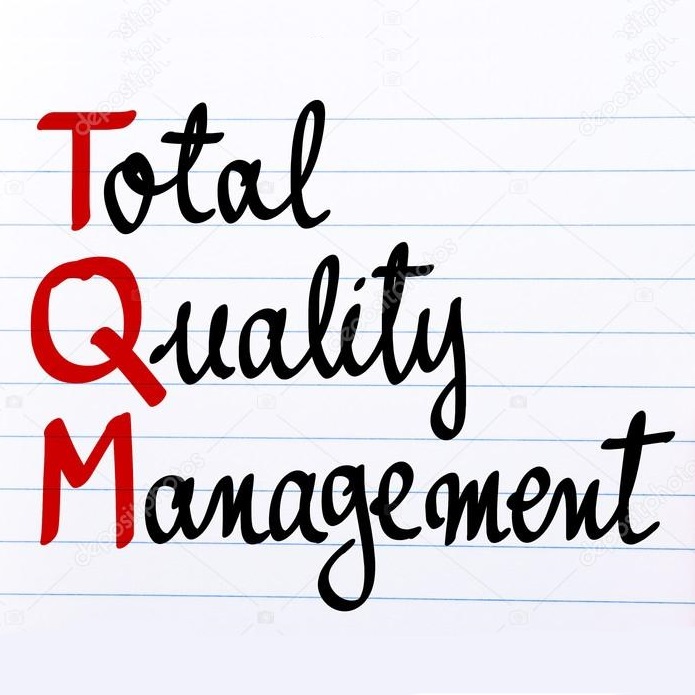Top 10 Characteristics of an Open System
An open system is one that continuously interacts with its environment for taking inputs and giving outputs. An open system has the following characteristics

1. Importation of Energy: An open system takes energy — various types of inputs — from the environment. Without these inputs, no open system can survive.
2. Throughput: An open system converts the inputs into some kind of outputs. This process is known as throughput or transformation process. A business organization may convert inputs like materials, energy, information into goods and services through the transformation process.
3. Outputs: An open system exports some outputs to the environment. Organizations export goods and services. The manner in which they export outputs determines their viability and existence.
4. System as Cycles of Events: The pattern of activities — inflow of inputs, throughput, outflow of outputs — has a cyclic character. The outputs exported to the environment furnish sources of inputs for the repetition of cycle of activities.
5. Negative Entropy: Entropy is the law of nature which suggests that all organized forms move towards disorganization and demise. In order to survive, open systems must move to arrest the entropic process; they must acquire negative entropy. This is possible by importing more energy from the environment than what a system spends. For example, a business organization must earn profit in order to survive on long-term basis.
6. Feedback Mechanism: An open system has.feedback mechanism through which it imports information from the environment. The simplest type of information input is in the form of negative feedback. Information feedback of negative type enables the system to correct its deviations from the desired course of actions.
7. Steady State: The importation of energy from the environment to maintain negative entropy has some constancy in energy exchange so that the system has steady state. However, this steady state is not motionless or a true equilibrium. Since energy import and export is a continuous process, a new equilibrium may be formed.
8. Differentiation: An open system moves in the direction of differentiation and elaboration. Old patterns are changed by new specialized functions. Organizations, like other open systems, move towards well-differentiation and specialization of roles and functions. As the conditions permit, organizations bring more specialists and create specialized departments to have better control over the environment.
9. Integration and Coordination: As differentiation progresses, the system must provide some mechanisms for integrating and coordinating various parts. In the case of an organization, this is done through devising various processes and procedures.
10. Equifinality: An open system is characterized by the principle of equifinality which suggests that a system can reach the same final state from differing initial conditions and by a variety of paths. It implies that not all organizations may choose the same course of actions and strategies to be successful.


